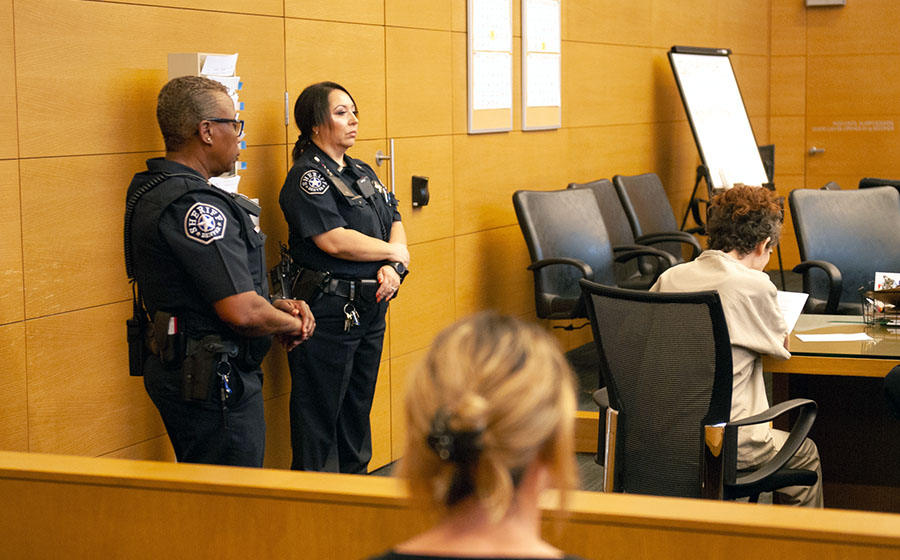How can we reduce burnout among correctional officers?

Project Summary
Burnout is a serious occupational phenomenon that is linked to a host of poor employee outcomes and can interfere with an organization’s ability to operate. Correctional officers are at a particularly high risk of experiencing burnout, even compared to other frontline workers. In this project, we piloted a light-touch, online wellness program among correctional officers and civilian staff at Denver’s Sheriff Department, comparing whether peer support was more or less effective than individual level support in a randomized controlled trial. Six months later, officers who had access to peer support reported significantly higher job satisfaction, and had more positive mindsets about the incarcerated individuals with which they interact.
Why is this issue important?
Burnout is a serious occupational phenomenon that is associated with higher levels of physical and psychological challenges. Workplaces with high levels of burnout among their employees may see increased absenteeism and turnover, leading to negative impacts on workplace operations and the people who the organization serves. Correctional officers often experience very high levels of burnout and turnover, even in comparison to frontline employees in other burnout-prone fields, such as social workers. At the Denver Sheriff Department, our surveys and qualitative research indicated that large numbers of employees were suffering from work-related burnout and PTSD.
What are we doing?
Once a week for eight weeks, staff received a wellness prompt via email. Half of the staff received a peer-focused wellness prompt, intended to elicit thoughts about ways in which they have previously felt supported by their coworkers, or perhaps how they have or would support coworkers. They were invited to share their experiences and advice anonymously through a confidential online platform and to browse responses to earlier prompts from other staff members. Each email also contained a particularly noteworthy response from the previous week’s prompt. The other half of staff members received an individually-focused wellness prompt and were invited to reflect on their own coping strategies in a private, online journaling activity. Six months later, we measured impacts on a series of well-being and behavioral outcomes.
What have we learned?
Employees who had access to the peer support program reported significantly better well-being relative to those who had access to the individually-focused program. Specifically, deputies with access to the peer support program reported greater job happiness, self-efficacy, and feelings of being understood by others, six months after the end of the program. Crucially, those with access to the social support program were significantly more likely to agree that incarcerated individuals under their care shared their values and beliefs. The peer support program did not appear to impact employee turnover differently than the individual wellness program, eight months later.
What comes next?
This project is ongoing. The results suggest that organizations employing frontline workers who are prone to burnout may improve their employees’ well-being by implementing a similar social support program. Crucially, in the context of corrections, these results also suggest that improving the well-being of correctional officers has the potential to shift mindsets about incarcerated people.